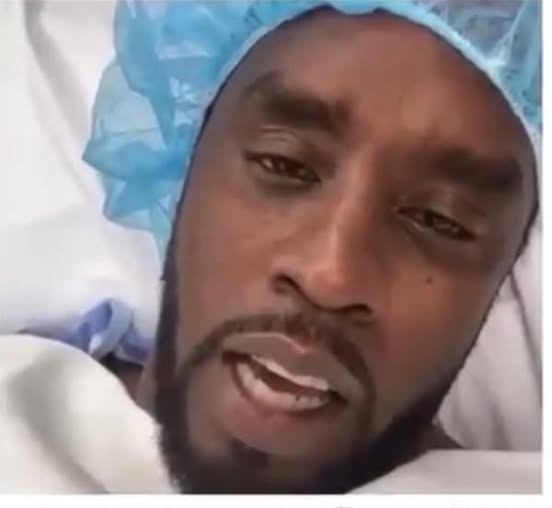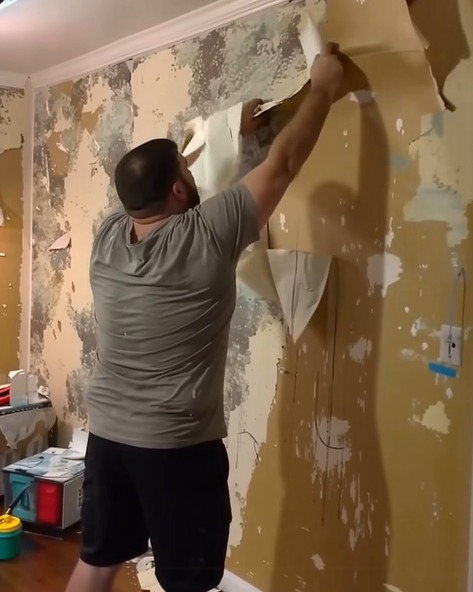Scroll for three seconds and you’d swear hip-hop royalty had been dethroned:
“P. Diddy in critical condition after brutal attack outside LA mansion!”
The headline is everywhere—white text, red background, siren emoji.
But open a real news site and you’ll hear only crickets.
No police report, no hospital statement, no verified video—just a recycled rumour that climbs algorithmic walls faster than facts can chase it.
1. The fake blueprint
The post follows a recipe as old as message boards:
Name a mega-star
Add “grisly discovery”
Drop in fake injuries (“facial contusions, possible broken ribs”)
End with “motive unclear—police investigating”
Instant adrenaline, instant shares, instant ad money.
Diddy is simply this week’s victim; last month the same wording targeted Jay-Z, then Snoop, then Drake.
Swap the celebrity, keep the shock, watch the clicks roll in.
2. The tell-tale holes
No timestamp: Real breaking news carries at least an estimated hour.
No source: “LAPD confirmed” but zero badge number, press-desk quote, or incident report.
No footage: In 2025 every mansion gate has HD cameras—yet not one second of tape surfaces.
No family quote: “Relatives gathered by his side” but no names, no photos, no hospital name.
When every box is blank, the story is too.
3. Why Diddy is click-bait gold
Decades of hits, business feuds, and headline-grabbing parties make Sean Combs an easy mark for drama.
Add recent lawsuits (all civil, none violent) and the public is primed to believe “someone finally came for him.”
Conspiracy corners light up: East-coast/West-coast ghosts, business rivals, even “the feds silencing him.”
Reality is far less cinematic: the mogul was photographed two nights ago at a Miami Art Basel after-party, smiling, unmarked, sipping tequila.
4. The damage of a rumour
Each viral hoax erodes trust in real news.
When genuine tragedy happens, readers hesitate, wondering if they’re being played again.
Meanwhile stars field frantic texts from relatives, publicists burn hours issuing denials, and emergency-call centres waste precious minutes fielding prank checks.
The only winners are the anonymous accounts selling ad impressions off human anxiety.
5. How to spot the next hoax in under ten seconds
Check the URL: Fake sites mimic CNN or BBC with an extra dash or “-online.net”
Reverse-image search: Thug-shot mugshots are usually old unrelated arrests
Look for corroboration: If TMZ, AP, and BBC aren’t carrying it, it isn’t real
Watch the comment ratio: Thousands of shares but only emoji replies = bot farm
Master those four moves and you’ll stop feeding the hoax machine.
Bottom line: P. Diddy is alive, unharmed, and probably laughing at the meme that put him in hospital.
Next time a “shock” headline punches your feed, pause, verify, then share—because the only thing that should go viral is the truth.


